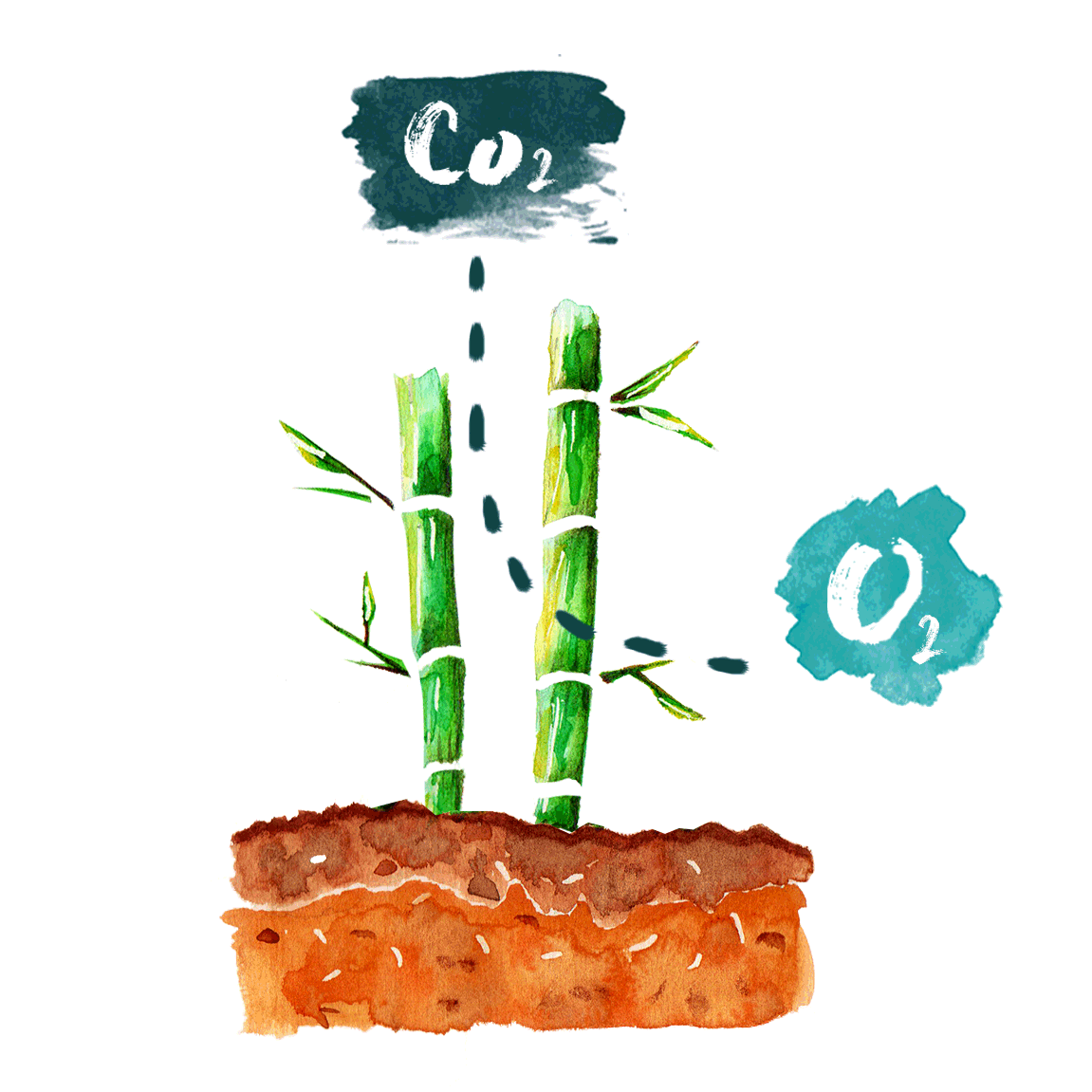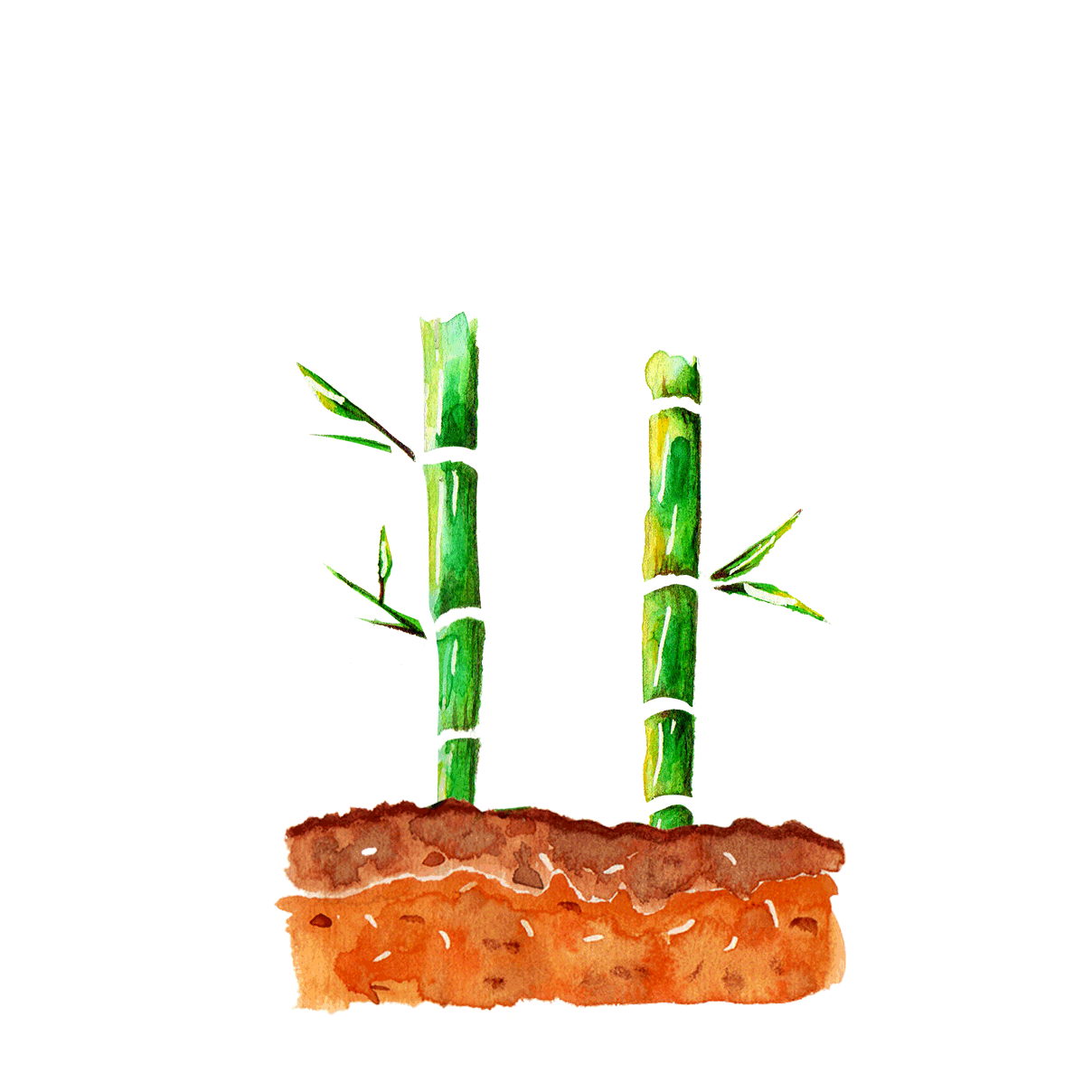
Children Bamboo Rainforest
Únete a nosotros y apoya la conservación de la selva amazónica.
En los últimos 35 años, más de 95 mil hectáreas de bosque han sido deforestadas de la Región Madre de Dios.


Región de
MADRE DE DIOS
Una de las regiones más remotas y con mayor biodiversidad del mundo, es un lugar donde innumerables científicos, exploradores y aventureros han viajado para descubrir lo que hay dentro y probar de qué están hechos.
Madre de Dios, la región más degradada de la selva amazónica.
La región de Madre de Dios comprende el sector con la mayor degradación causada por la extracción informal de oro de toda la selva amazónica.
Además de este impacto negativo en el medio ambiente, estas prácticas ilegales explotan a los niños (especialmente a las niñas).
Tambopata
En Tambopata, se ha reportado la presencia de 632 especies de aves, 1,200 de mariposas, 103 de anfibios, 180 de peces, 169 de mamíferos y 103 de reptiles. En su interior encontrará hábitats saludables para la recuperación y refugio de poblaciones en peligro de extinción de especies como el lobo de río, la nutria y los felinos como el yaguarundi, el puma, el jaguar, el ocelote o el tigrillo y el margay. En cuanto a las aves, incluyen, además de la guacamaya, el águila arpía, el águila crestada, el paujil común, el paujil unicornio y el paujil carunculado.
Tambopata: la reserva natural del Perú que comienza a convertirse en desierto.








El proyecto
Es un proyecto que busca trabajar con el bambú como un recurso innovador para la conservación de la selva amazónica donde involucra a niños y adolescentes en este proceso. El bosque tropical de bambú para niños será un espacio saludable y seguro para promover el conocimiento y la conservación del bambú y su entorno natural y el ecosistema (flora y fauna).
La Selva Bambú Infantil pertenece a la Red de Tierras Infantiles de ANIA (Asociación para los Niños y su Medio Ambiente), que agrega su experiencia a la conservación de la selva tropical de esta región. Nuestra misión es reducir la deforestación en la región amazónica a través de la educación de prácticas adecuadas de manejo de bambú en escuelas, comunidades y empresas privadas.
Nuestro proyecto ganó una de las becas de la Fundación Ned Jaquith para 2018/2019

¿Por qué el bambú?

Crecimiento rápido
El rango de crecimiento de algunas plantas de bambú puede alcanzar hasta casi un metro por día.

Absorción de CO2
Los bosques de bambú bien manejados pueden absorber significativamente más carbono que las áreas forestales de árboles similares.

Manejo forestal sostenible
El bambú restaura las tierras degradadas y protege los bosques. También ayuda a regular el flujo de agua y protege contra la erosión del suelo.

Propiedades y usos.
Dependiendo del tipo de bambú, se puede utilizar como materia prima para una variedad de productos, tales como: alimentos, textiles, muebles, materiales de construcción ... etc.
El bambú es mejor porque es un recurso ecológico y altamente renovable.
Las plantaciones de bambú manejadas de manera sostenible pueden estimular el desarrollo social y económico, y cumplir importantes funciones ecológicas y biológicas para mejorar el Planeta Tierra.